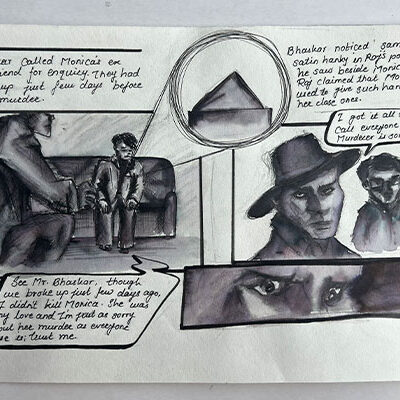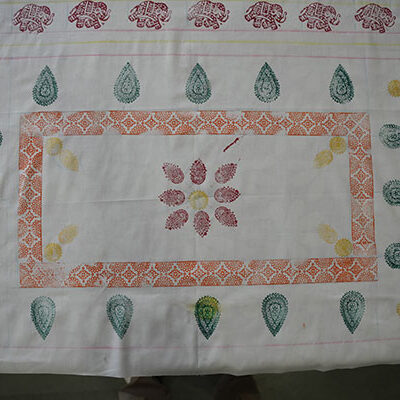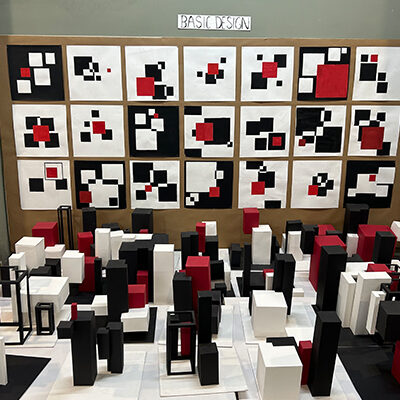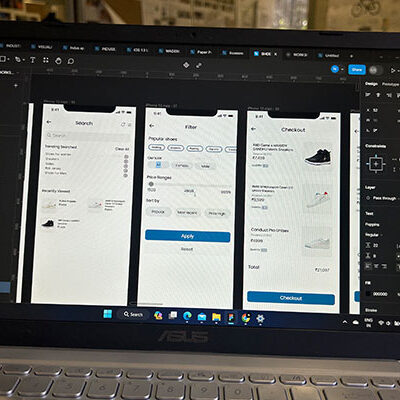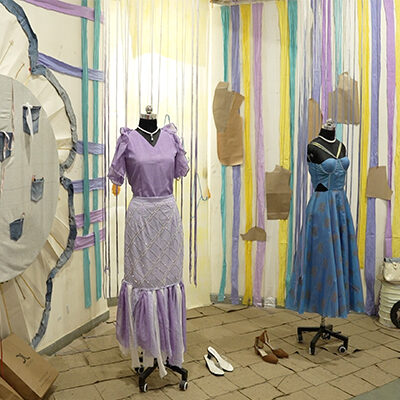M.Des in Accessory Design
Embark on an enriching journey into the realm of innovative accessory design with our Master of Design in Accessory Design program (M.Design in Accessory Design) at Indus School of Design. Renowned for its commitment to creativity and craftsmanship, our Masters in Accessory Design Program offers a dynamic curriculum blending traditional techniques with contemporary trends. Led by industry experts, students delve into the art and science of accessory creation, exploring concepts such as material exploration, prototyping, and market analysis. From conceptualization to production, students engage in hands-on studio projects, collaborative workshops, and industry internships, honing their skills as versatile and visionary accessory designers. Join us and unlock your creative potential, shaping the future of accessory design with our M.Des in Accessory Design Courses, where imagination meets innovation to redefine the boundaries of design excellence.
What you must learn to become a Accessory Designer?
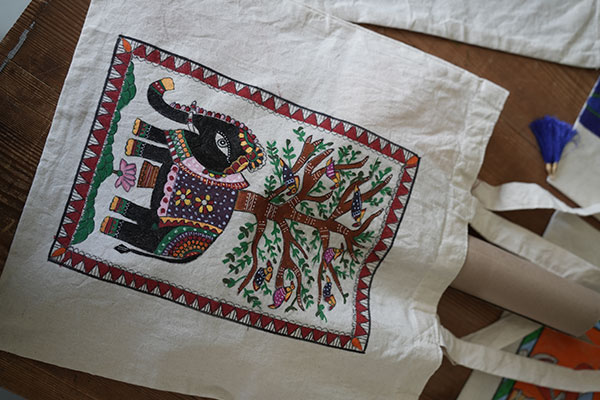
To become a Proficient Accessory Designer, you must acquire a diverse set of skills and knowledge across various aspects of accessory design. Firstly, understanding design principles such as form, function, and aesthetics is essential for creating visually appealing and functional accessories. Proficiency in materials and techniques, including leatherwork, metalwork, and textile manipulation, enables you to experiment with different materials and create innovative designs. Mastery of prototyping and manufacturing processes allows you to bring your designs from concept to reality, ensuring quality and feasibility in production. Additionally, knowledge of market trends, consumer preferences, and brand identity is crucial for creating accessories that resonate with target audiences and align with brand vision. Strong creativity, problem-solving skills, and attention to detail are essential attributes for exploring new ideas and pushing the boundaries of accessory design innovation. Effective communication and collaboration skills are also necessary for working with suppliers, manufacturers, and other stakeholders throughout the design process. Furthermore, staying updated on industry trends, emerging technologies, and sustainable practices ensures relevance and competitiveness in the dynamic field of accessory design.
Key Learning Areas
1. Design Principles: Explore foundational design concepts such as form, function, proportion, and aesthetics as they apply to accessory design, understanding how to create visually appealing and functional accessories.
2. Materials and Techniques: Gain knowledge of a variety of materials commonly used in accessory design, including leather, metals, textiles, plastics, and natural fibres, and learn various techniques for working with these materials such as cutting, stitching, molding, and embellishing.
3. Accessory Design Process: Understand the stages of the accessory design process from conceptualization to prototyping to final production, learning how to translate ideas into tangible designs while considering factors such as market trends, target audience, and brand identity.
4. Market Research and Trends: Conduct market research to identify consumer preferences, emerging trends, and market opportunities in the accessory industry, enabling informed design decisions and strategic positioning of accessory collections.
5. Sketching and Rendering: Develop skills in sketching and rendering accessory designs, communicating ideas visually and effectively to clients, collaborators, and manufacturers.
6. Technical Drawing and Specification: Learn to create technical drawings and specifications for accessories, including detailed measurements, materials, and construction methods, ensuring accuracy and consistency in production.
7. Prototyping and Model Making: Gain hands-on experience in prototyping and model making, using various tools and techniques to create physical prototypes of accessory designs for testing and refinement.
8. Manufacturing Processes: Understand the manufacturing processes involved in producing accessories, including sourcing materials, working with suppliers, and overseeing production to ensure quality and feasibility.
9. Brand Development and Marketing: Explore strategies for developing and marketing accessory brands, including branding, positioning, pricing, promotion, and distribution, to build brand awareness and attract target customers.
10. Sustainability and Ethical Practices: Consider the environmental and ethical implications of accessory design and production, exploring sustainable materials, manufacturing processes, and business practices to minimize environmental impact and promote ethical fashion.
11. Portfolio Development: Compile a professional portfolio showcasing your best accessory designs, sketches, technical drawings, and prototypes, demonstrating your creativity, technical skills, and design process to potential employers or clients.
Career Paths
- Accessory Designer
- Product Developer
- Brand Manager
- Merchandiser/Buyer
- Accessory Stylist
- Accessory Technician
- Accessory Product Manager
- Accessory Trend Analyst
- Accessory Entrepreneur
- Accessory Retail Manager
- Accessory Educator/Instructor
- Accessory Consultant



